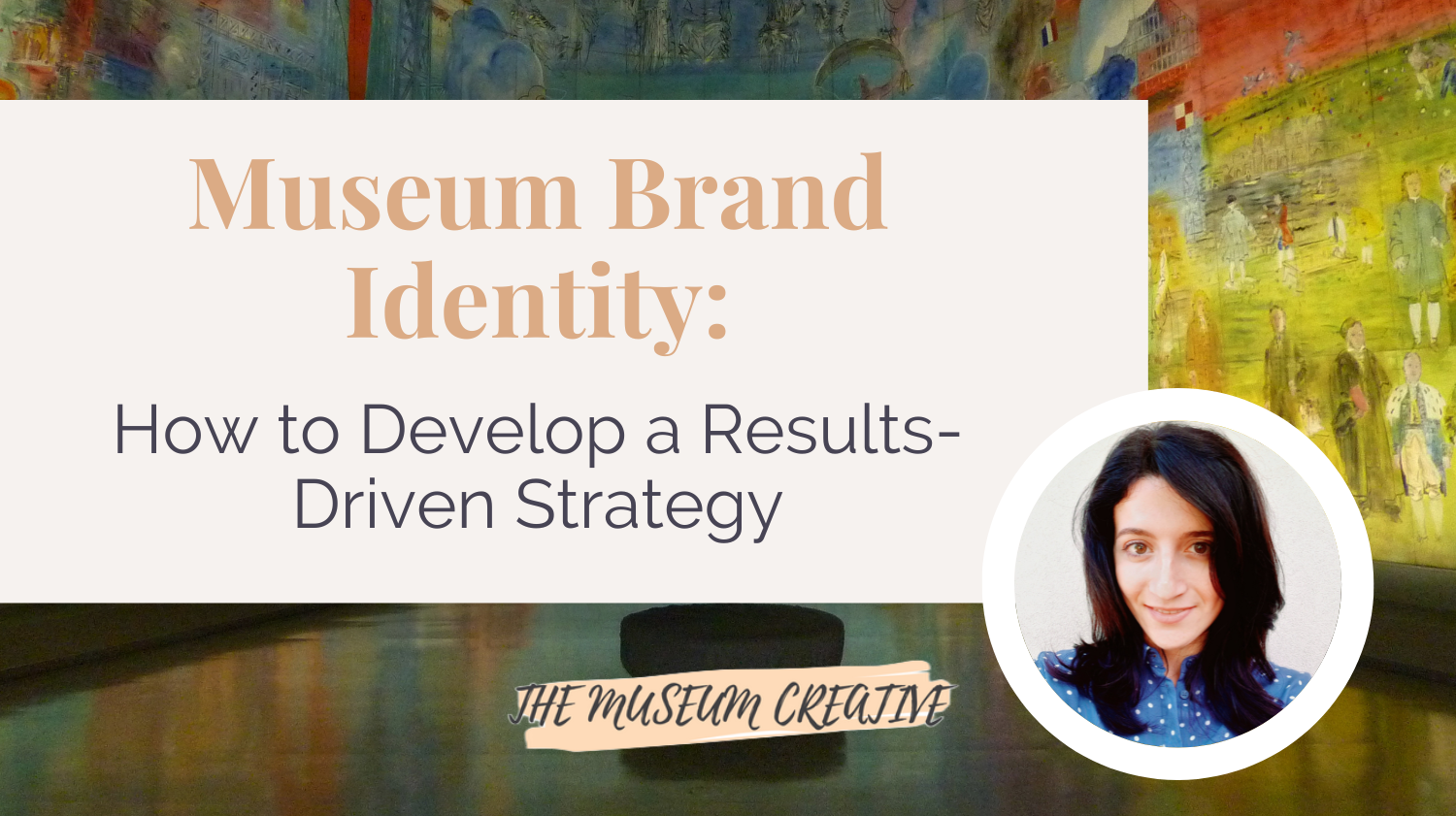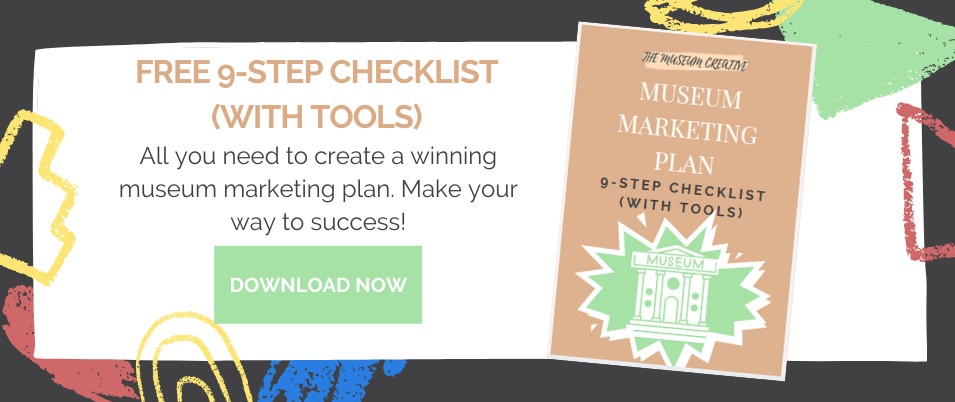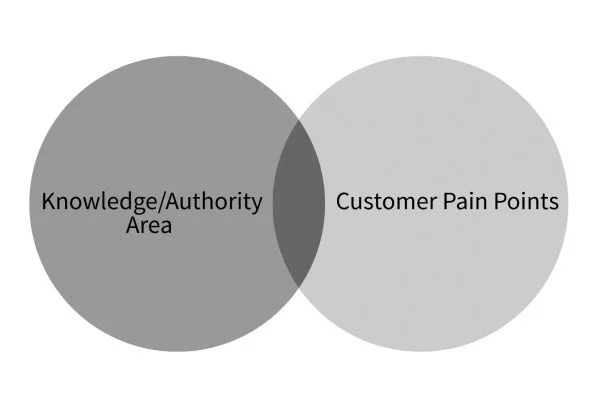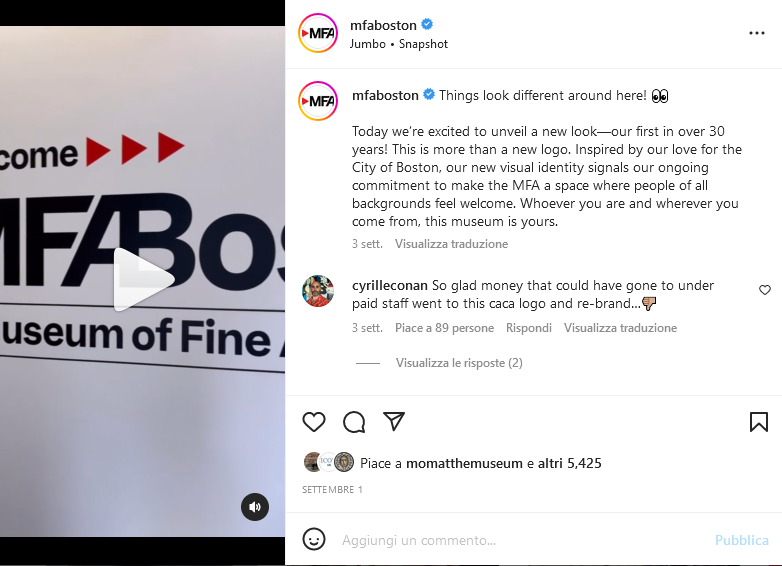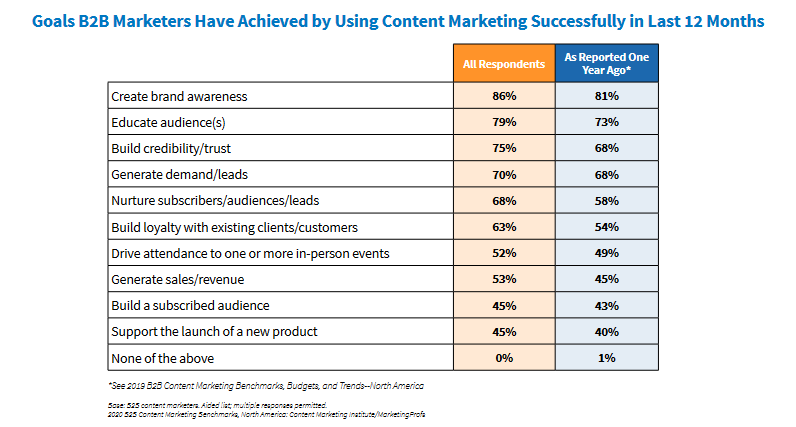Museum Brand Identity: How to Develop a Results-Driven Strategy
The struggle is real. 😩
Attracting the desired audience and standing out in a competitive visitor economy has never been so hard.
With a drop in attendance by 77% worldwide, consistent museum branding has become pivotal to enhancing awareness, nurturing customer loyalty, and securing financial stability.
A strong museum brand identity is, in fact, the springboard to developing a unique and outstanding global presence - 86% of consumers confirm this, preferring companies with an authentic and honest brand personality.
So, how do you take your institution to the next level?
If your goal is to bring in extra visitors and create a buzz in your industry, you’ll need to go beyond a new logo or colorful design; and focus more on the way you impact the audience through your messaging, values, tone, and communicative approach.
A clear museum identity not only will position you as a trustworthy resource, but it’ll also help you set the basics for long-term audience engagement and successful growth!
The following seven steps will show you exactly how to set a solid branding strategy that leverages loyalty and triggers emotional attachment to your museum.
Let’s jump right in!
Why Is Museum Brand Identity Important?
Museum brand identity is more than people simply recognizing your name. It’s about expressing the essence of your institution through the content you create, the services you offer, and the ongoing interactions you have with your community.
As the embodiment of what you represent and do, good branding is crucial to your longevity and plays a key role in marketing your museum successfully.
It has the potential to:
Make you noticeable.
Positively impact your audience.
Set you apart from the competition.
But there’s more!
According to a study by Red C, over 80% of people searching for a product on Google tend to click on websites they’re already familiar with, regardless of their position in the results.
This means that people are more likely to interact with you if they know and trust your personality - in this sense, valuable branded content that highlights your image and resonates with your audience is what will expand your reach and get more visitors through your door!
By making authenticity and transparency the pillars of your museum brand building, you’ll:
Increase brand awareness and authority.
Be seen as a source of inspiration.
Amplify your mission and values.
Develop lasting relationships.
Attract more leads and prospective customers.
Plus, with a clear brand identity, you’ll have a purpose to stand and thrive for!
7 Steps to Creating a Strong Museum Brand Identity
Remember: a good brand generates loyal advocates.
By implementing the following seven tactics, you’ll ensure your organization becomes a well-known, beloved brand name.
All you need is to set a strategic plan that lets you achieve your desired business goals.
Let’s get started!
Create a Brand Vision
The first component of an effective museum brand identity is brand vision.
What makes your museum different? How do you want to be perceived by the public? Where do you see yourself going in the next ten, twenty, or thirty years?
By asking yourself these questions, you:
Understand what you’re trying to get with your brand.
Mark a direction for your museum’s growth.
Guide your business strategy towards future milestones.
Outline your museum brand values.
Measure your success.
A brand vision requires you to think about how you’ll inspire change through your offers.
Whether it’s serving and supporting local communities or welcoming diversity in your cultural policy, you need to carefully assess your brand promise and unique differentiation factor.
The sweet spot (or unique differentiation factor) is the intersection of an exceptional knowledge or skill area and a defined customer pain point. (CMI)
Once you have clarity on your purpose and the benefits you aim to deliver with your presence, it’s time to compile a vision statement describing the WHY of your activity and the ideal future of your institution. (This will set the basics of all your content creation process!)
Your statement must be:
Clear, concise, and easy to recognize (for both your museum and visitors/customers).
Specific (it’s based on what you know about your target audience and competitors).
Short and sweet (it has to educate, move, and inspire).
Future-focused (it works as a roadmap for your next accomplishments).
Think big when developing your statement and make it a mantra for your brand's success.
2. Know Your Audience
If you’re lacking audience focus, your attempt to develop a remarkable museum brand identity will fail. Sad but true.
All that you do should revolve around your target audience and their pain points. Hence, doing thorough market research is imperative to developing a successful brand.
Take a moment to think about:
What your audience’s habits and interests are.
Which groups of people you want to prioritize (millennials, families, etc.).
How your messaging resonates with them.
What content types work best and trigger more engagement.
Clarifying these aspects will help you have a higher impact on your audience, build deeper relationships, and create a more appealing brand.
With consistent, helpful content and ongoing interactions, you’ll demonstrate you care about them, leading to customer trust and loyalty!
Stats suggest a good point on this, with 83% of consumers being more likely to buy a product or service if it’s recommended by a friend or family member.
Meaning: the more your audience knows you, the more willing they are to buy from you, visit your museum, and share your content with others. (Not only will you grab people’s attention but you’ll also keep your brand at the top of their mind!)
3. Reconsider Your Logo
The logo doesn’t represent the entirety of your museum brand identity, but it’s a vital component of brand recognition.
As a shorthand expression of your messaging, values, and vision, it must be:
Present across all communications.
Simple and uncluttered.
Cohesive and easy to recognize.
Representative of the essence of your organization.
Combining the logo with a personalized color palette will also create familiarity with your museum identity design and personality.
Consider developing a comprehensive brand style guide encompassing a set of instructions on your logo usage, colors, visuals, tone, point of view, etc. - this way, you’ll adequately define your branding, ensuring all your published content is recognizable, consistent, and more appealing.
Institutions, like the Australian Museum or the Natural History Museum, are great examples of a well-thought style guide highlighting the importance of their logo and brand perception.
Take inspiration from them and develop your own guide to foster authenticity and build a more personal connection with your audience!
4. Set Your Brand Voice
Another significant aspect of museum brand identity is the voice.
Not only does it play a key role in content marketing and all communications (from your website to your social media, emails, advertising campaigns, and on-site activities), but it also refers to the language you use to convey your personality to your audience.
To land on the right voice, ask yourself the following:
What are my mission and values?
What emotions should my brand evoke?
How do I stand out from the crowd?
How do I want existing and ideal visitors to experience my services?
By digging deep into who you are and setting specific guidelines on your messaging, word usage, and style preferences, you’ll develop a consistent brand voice that positions you as a defined, authoritative source.
Example of brand voice guidelines. (Asian Art Museum)
Be wise about the brand voice you choose as you’ll integrate it throughout your entire business; analyze your competitor’s voice and identify the way your audience communicates to better empathize with them.
The result?
You’ll tune into their needs, gain their trust, and ultimately grow your museum attendance!
5. Be Consistent and Flexible
Don’t fall into the “we’ve always done it like this” hole!
Allow yourself to be adaptable instead, rethinking and reinventing your institution when necessary.
Consistency and flexibility are the perfect combos to create a harmonious museum brand identity - they significantly increase lead generation and grow revenue by an average of 23%!
This includes every helpful, quality content piece you regularly publish, enabling you to:
Expand your reach and brand awareness.
Strengthen your relationship with existing customers.
Provide information that interests and entertains your audience.
Demonstrate your authority and worth.
Screenshot from: CMI
Stick to your museum brand guidelines to bring consistency to your marketing activities, but be flexible for any adjustments required in your branding process as well. By doing so, you’ll continuously keep your audience engaged, cater to their preferences, and better personalize interactions with them.
6. Attract With Brand Storytelling
Fact: people love good stories, more so if they inspire and move them to take action.
With storytelling, you establish an emotional connection with prospects, setting the basics for a robust museum brand identity.
When you use relevant content to share your brand’s story and highlight your audiences’ values/needs/aspirations, you create empathy and unique experiences that motivate people to bond with you.
But how do you ideate impactful brand storytelling?
A few tips:
Focus on authenticity.
Express your personality and beliefs.
Monitor the engagement of your following.
Consider negative feedback a learning opportunity.
Improve your services/products.
Take inspiration from your competitors.
Protip: use social media as your trump card to gain insights about your online community; mind their thoughts and comments, ask questions, and talk with them consistently to align your content strategy with their wants.
Listening to your audience is KEY to developing engaging and high-converting brand stories.
7. Monitor Your Brand
There’s no better way to develop a memorable museum brand identity than constantly analyzing and refining your performance.
How else would you know what works for your audience?
By using specific tools like Google Analytics or doing social listening through visitor reviews, surveys, social media discussions, and other marketing ideas, you’ll:
Track your progress and results.
Refine your content strategy.
Implement changes to your brand.
Get a sense of what people are saying about you.
Improve your communication.
Consider what others in the industry are doing well to get inspired and create a more personalized experience for your prospects. (Your uniqueness is what will make you stand out and nurture lasting relationships after all!)
Keep testing, learning, and optimizing to approach the audience in a way that encourages trust and ongoing support.
For a Memorable Museum Brand Identity, Be Mindful of Who You’re Serving
Kudos! 👏
You’re now one step ahead in defining a successful museum brand identity that attracts and converts.
The seven methods listed above show you a clear path to brand building, warning you against the common mistakes businesses make when marketing themselves.
A few recommendations to stay on track:
Create uplifting content that highlights your identity and caters to your ideal visitors.
Use appropriate language and visuals to share your message and values.
Don’t chase content trends that don't align with your museum.
Stay human by empathizing with your audience.
Refer to your brand guidelines for consistency, but also adapt yourself to changes.
All this will grow your chances of standing out, making you noteworthy to your community not just for your name or logo, but also - and most importantly - for your customer-focused presence.
You’ve got this! 😉

